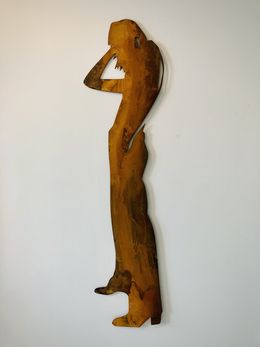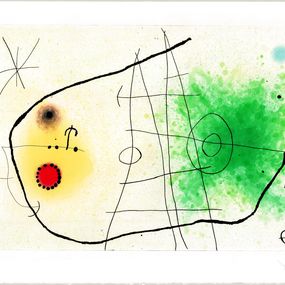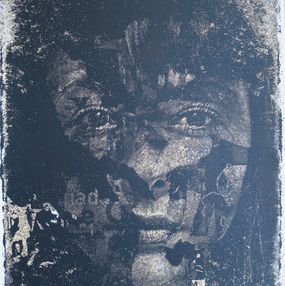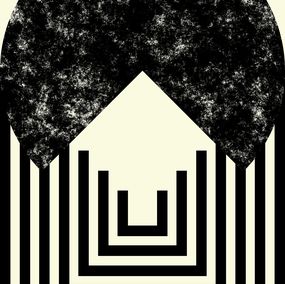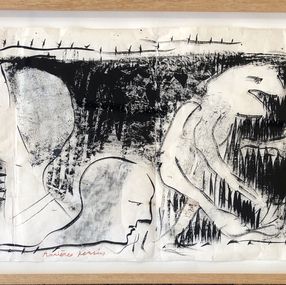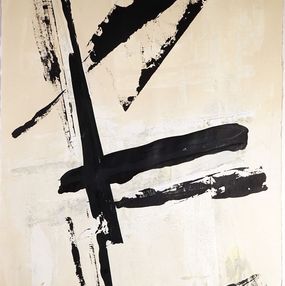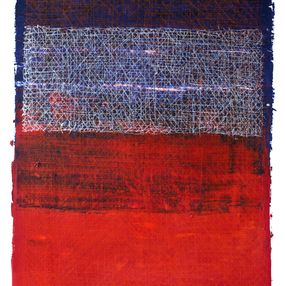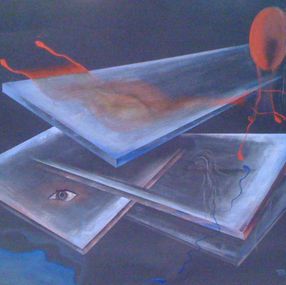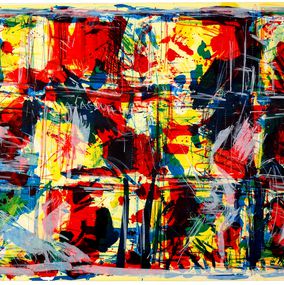
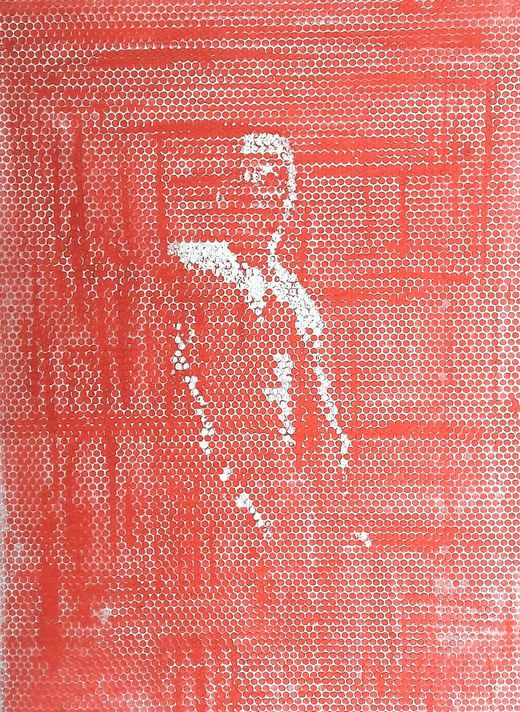
Sometimes we have everything to gain by knowing how to get a little lost...
Biography
Christophe Ruiz is a French contemporary artist whose work explores memory, time and the transformation of materials.
Born in Pau, he started out in industry before devoting himself fully to art. He recycles and diverts salvaged materials such as metal, oxidized steel, aluminum mosquito nets or bubble wrap, playing on light and transparency. His work, between sculpture and installation, questions the fragility of the world, the impact of man on the environment and the beauty of the ephemeral. He also creates acrylic paintings inspired by street art and pop art, mixing bright colors and urban textures.
Thanks to the Artsper Gallery, his work, at the crossroads of minimalism and committed art, will have found its place in numerous private collections.
Nationality
Themes

Christophe Ruiz
Painting - 100 x 70 x 3 cm Painting - 39.4 x 27.6 x 1.2 inch
$1,078

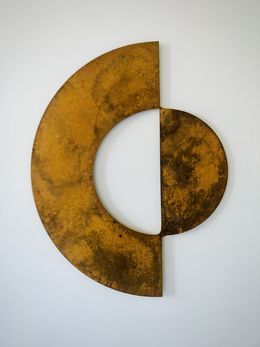
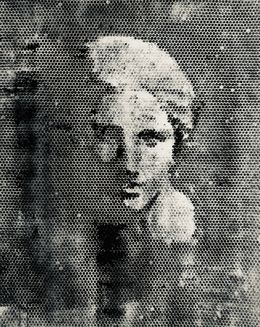
Christophe Ruiz
Painting - 120 x 90 x 3 cm Painting - 47.2 x 35.4 x 1.2 inch
$1,438
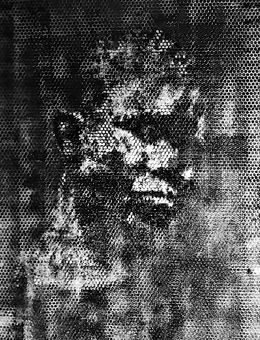
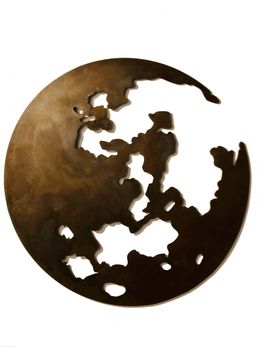

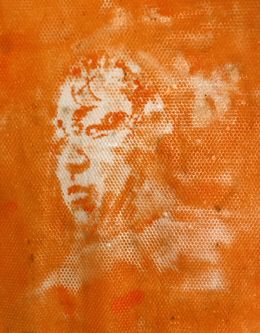
Christophe Ruiz
Painting - 120 x 90 x 3 cm Painting - 47.2 x 35.4 x 1.2 inch
$1,438
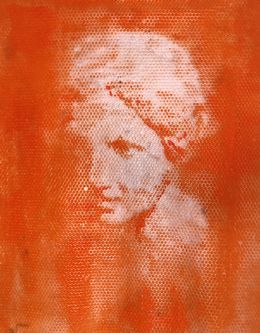
Christophe Ruiz
Painting - 120 x 90 x 3 cm Painting - 47.2 x 35.4 x 1.2 inch
$1,438
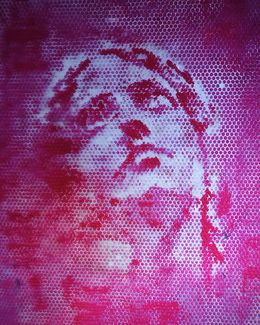
Christophe Ruiz
Painting - 120 x 90 x 3 cm Painting - 47.2 x 35.4 x 1.2 inch
$1,438
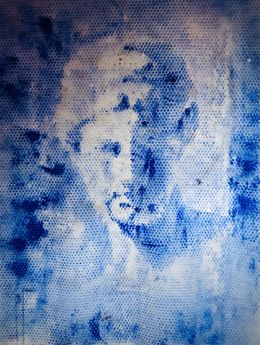
Christophe Ruiz
Painting - 120 x 90 x 3 cm Painting - 47.2 x 35.4 x 1.2 inch
$1,438
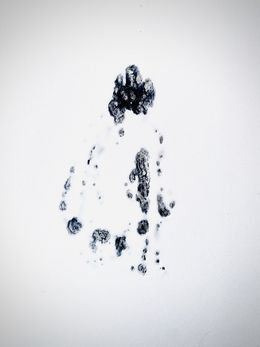
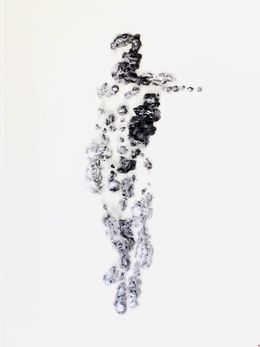
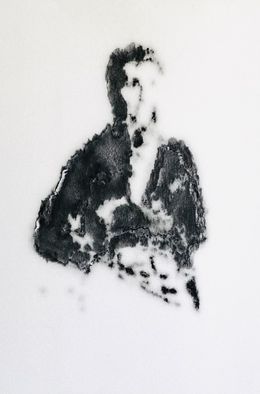
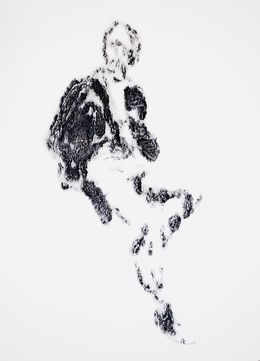
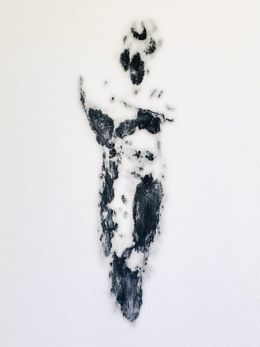
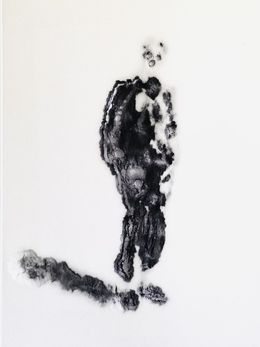
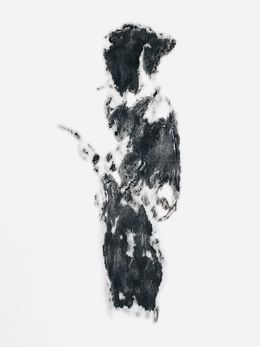
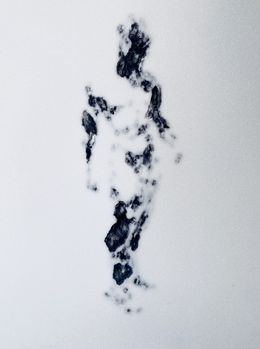
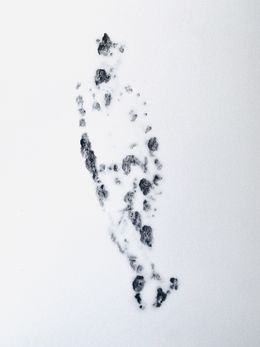
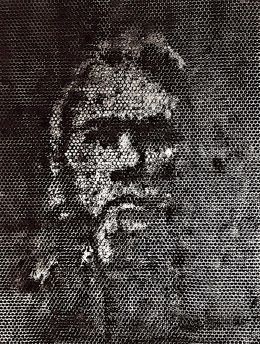
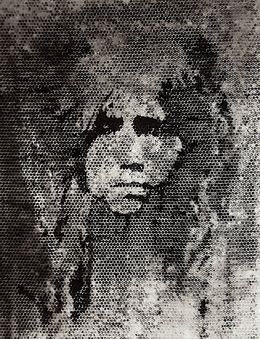
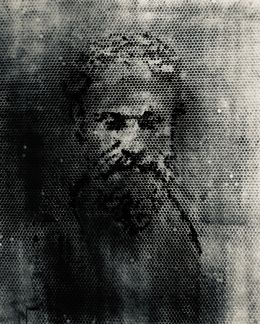
Christophe Ruiz
Painting - 120 x 90 x 3 cm Painting - 47.2 x 35.4 x 1.2 inch
$1,438
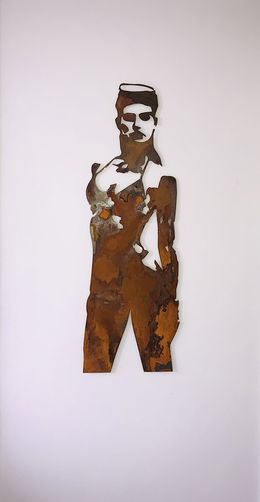


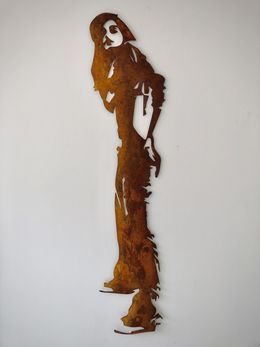

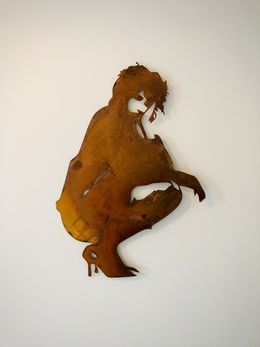

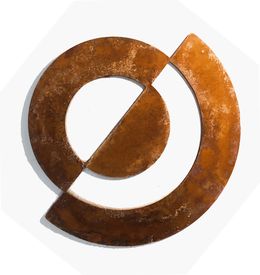


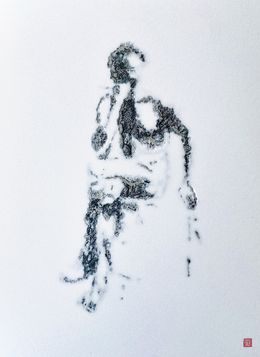

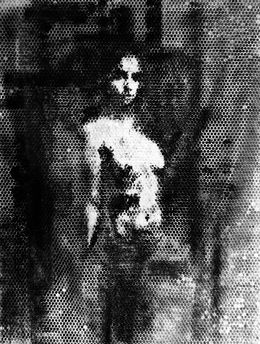
Christophe Ruiz
Painting - 120 x 90 x 3 cm Painting - 47.2 x 35.4 x 1.2 inch
$1,438

Christophe Ruiz
Painting - 120 x 90 x 3 cm Painting - 47.2 x 35.4 x 1.2 inch
$1,438
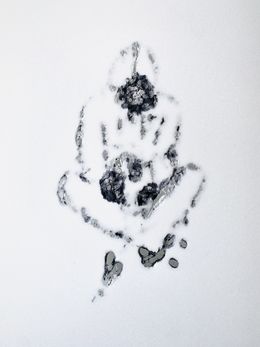
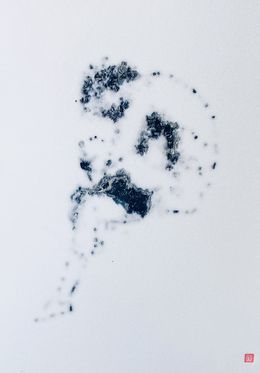
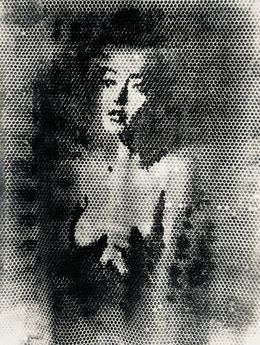
Christophe Ruiz
Painting - 120 x 90 x 3 cm Painting - 47.2 x 35.4 x 1.2 inch
$1,438
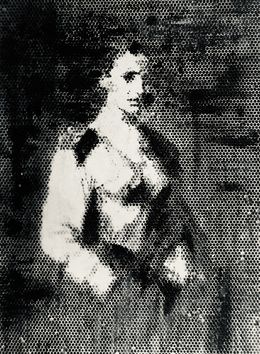
Christophe Ruiz
Painting - 120 x 90 x 3 cm Painting - 47.2 x 35.4 x 1.2 inch
$1,438
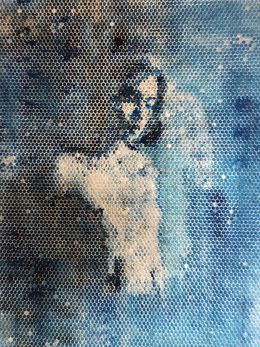
Christophe Ruiz
Painting - 116 x 80 x 3 cm Painting - 45.7 x 31.5 x 1.2 inch
$1,438
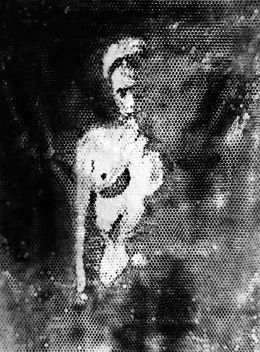
Christophe Ruiz
Painting - 120 x 90 x 3 cm Painting - 47.2 x 35.4 x 1.2 inch
$1,438
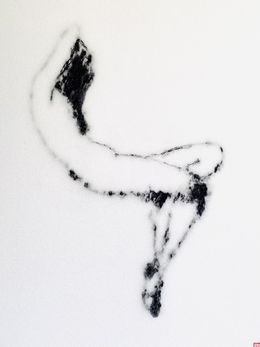
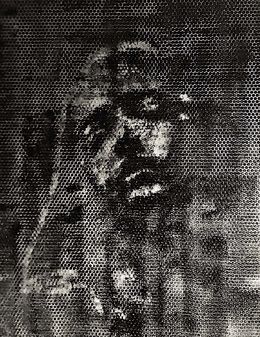
Christophe Ruiz
Painting - 116 x 90 x 3 cm Painting - 45.7 x 35.4 x 1.2 inch
Sold


